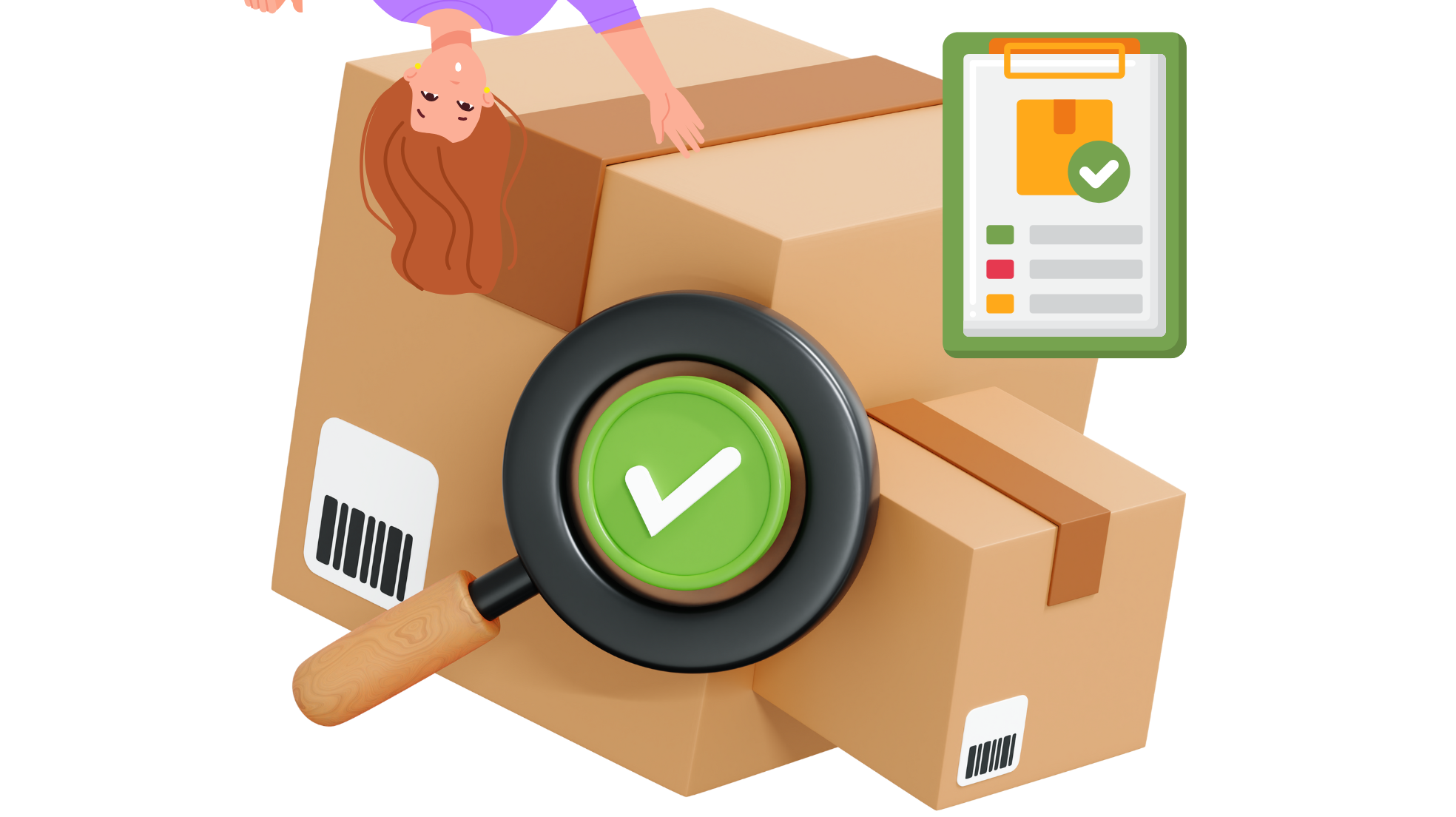In the world of e-commerce, you’ve probably come across the term “backordered” at some point. But what exactly does it mean, and how does it impact your business or shopping experience?
Backordered is a word used when an item is temporarily out of stock but is still available for purchase. In other words, customers can place orders for a product that isn’t currently available, but it will be shipped to them once the inventory is replenished. Let’s dive deeper into what “backordered” really entails, why it happens, and what similar terms like “out of stock” and “pre-order” mean in comparison.
What Is a Backorder?
A backorder refers to an item that is currently unavailable but will be fulfilled once new inventory arrives. When a product is backordered, customers can still place orders, but they won’t receive their items until the stock is restocked.
For example, if a popular product sells out quickly, instead of removing the product from the online store, a business might allow it to be backordered. This ensures that the company doesn’t lose out on potential sales, and customers know they will receive the product once it’s available again.
Backorder vs. Out of Stock: What’s the Difference?
Backordered and out of stock might sound similar, but they have key differences:
- Backordered: This means you can still purchase the product, but it will take longer to ship because it’s not immediately available. Essentially, the company is waiting on more inventory to fulfill your order.
- Out of Stock: This means the product is not available, and you cannot place an order for it. It’s possible the company doesn’t know when it will be restocked, or the item may be discontinued.
So, the main difference is that with a backorder, you can still buy the product—it’s just delayed. With out of stock, the item isn’t available to purchase at all.
Backorder vs. Pre-Order: A Key Distinction
Another term you might come across is “pre-order,” which often gets confused with backorder. Here’s how they differ:
- Backorder: The product is already in circulation, but the current inventory is depleted. New stock is expected, and customers are buying from this upcoming batch.
- Pre-order: The product has not yet been released or launched. Customers are placing orders in advance of the product’s release, often to guarantee they receive it as soon as it’s available.
For instance, when a new smartphone is announced but hasn’t hit the shelves, customers can pre-order it. Once it’s released, those who pre-ordered will be among the first to receive it.
Why Do Products Become Backordered?
Products typically go into backorder for several reasons:
- High Demand: A sudden spike in sales can deplete inventory faster than expected, leaving items backordered until new stock arrives.
- Supply Chain Delays: Manufacturing or shipping delays can lead to inventory shortages, pushing products into backorder status.
- Seasonal Trends: Items that are only in demand during specific seasons—such as winter clothing or holiday decorations—may be backordered due to a lack of off-season production.
In all of these cases, the business has every intention of fulfilling the order—it’s just a matter of waiting for more stock to become available.
What Happens When You Place a Backorder?
When customers place a backorder, they are essentially reserving their place in line for when the product is restocked. The business will typically provide an estimated shipping date or a rough timeline for when they expect the product to become available.
Here’s what happens in the backordering process:
- Order placement: The customer places their order and is informed that the item is backordered.
- Payment: Depending on the retailer, customers may be charged immediately, or they may be charged once the item is back in stock.
- Restocking: The business receives new inventory to fulfill the backordered items.
- Order Fulfillment: The product is shipped to the customer once the backordered item is back in stock.
Important Tip: Always provide clear communication with your customers about the expected wait time. Transparency helps manage customer expectations and reduces frustration.
Managing Backorders: Best Practices
While backorders can sometimes frustrate customers, they can also be a powerful tool for businesses. They allow you to continue generating sales even when stock is low. However, it’s essential to manage backorders effectively to avoid disappointing your customers. Here are some best practices:
- Clear Communication: Always provide customers with estimated restock and shipping dates. Make sure your website clearly shows when a product is on backorder.
- Regular Updates: Keep customers informed about any changes in the status of their backordered items, especially if delays occur.
- Inventory Management: Use inventory forecasting tools to help predict demand spikes and avoid going into backorder. It’s better to prevent backorders altogether if possible.
Pros and Cons of Offering Backorders
Offering backorders has its advantages and challenges:
Pros:
- Capturing Sales: Even when inventory is low, you can still capture sales and keep customers engaged with your brand.
- Demand Insights: Backorders provide valuable data on demand trends, helping you forecast future needs more accurately.
- Prevent Stockouts: Instead of losing customers to competitors, backorders keep them loyal while they wait for the product to be restocked.
Cons:
- Delayed Gratification: Customers may become impatient if the wait time is too long, which could lead to cancellations or negative reviews.
- Supply Chain Strain: Managing backorders puts pressure on your supply chain to restock efficiently.
- Increased Workload: More manual tracking and communication may be required to handle backorders properly.
Final Thoughts
Backorders are an inevitable part of doing business, especially when demand outweighs supply. While it can be frustrating for customers, transparent communication, proper inventory management, and realistic restocking timelines can help ensure a positive experience.
By effectively managing your backorders, you not only keep sales coming in but also build trust with your customers by keeping them informed every step of the way.
Learn more about the e-commerce industry at HermesLines.

